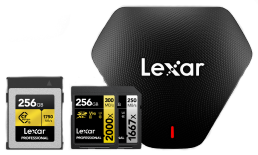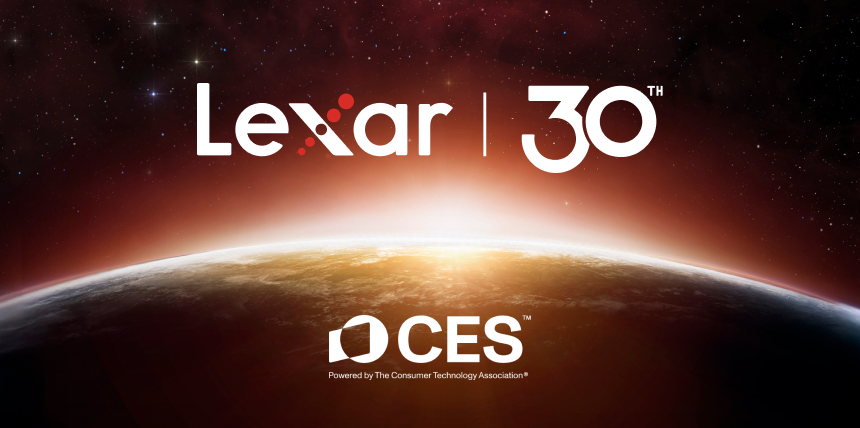
Laptops are essential tools for work, entertainment, and communication, but over time, even the best devices can slow down. Whether it’s long boot times, laggy performance, or programs taking forever to load, a sluggish laptop can be incredibly frustrating. Thankfully, there are practical solutions to improve performance.
This guide will teach you how to speed up your laptop and keep it running like new with simple, effective tips and tricks.


Why Laptops Slow Down Over Time
Before diving into specific strategies, it’s important to understand why laptops tend to slow down. Identifying the root causes can help you apply the right solutions.
1. Accumulated Background Processes
Over time, programs and processes running in the background consume resources, slowing down your system.
2. Insufficient Storage
As your laptop fills up with files, temporary data, and applications, it can impact speed and efficiency.
3. Outdated Software
Old drivers, operating systems, and software can create compatibility issues and reduce performance.
4. Malware and Viruses
Malicious software can hog resources, cause errors, and compromise your laptop’s speed.
By addressing these common causes, you can restore your laptop’s performance and extend its lifespan.


Quick Tips to Speed Up Your Laptop
Here are some fast and easy fixes to improve your laptop’s performance. These tips require minimal technical knowledge and can provide immediate results.
1. Restart Your Laptop Regularly
Restarting clears temporary files and refreshes system processes, helping your laptop run more efficiently.
2. Uninstall Unnecessary Programs
Remove applications you no longer use to free up storage space and reduce background activity.
3. Clear Cache and Temporary Files
Use tools like Disk Cleanup (Windows) or Finder’s built-in utilities (macOS) to remove unnecessary files that slow down your laptop.
4. Disable Startup Programs
Many programs automatically start when you boot your laptop, consuming resources. Disable unnecessary startup programs in the Task Manager (Windows) or System Preferences (macOS).
Advanced Strategies to Boost Laptop Performance
For more significant improvements, these advanced tips focus on optimizing your laptop’s hardware and software.
1. Upgrade Your RAM
Adding more RAM (Random Access Memory) allows your laptop to handle multiple tasks efficiently. Most modern laptops support RAM upgrades, making this an affordable way to boost performance.
2. Switch to an SSD
Replacing your traditional hard drive (HDD) with a solid-state drive (SSD) dramatically improves read and write speeds. SSDs are faster, more durable, and energy-efficient. Consider Lexar Professional SSDs for reliable, high-performance storage.
Check out the NM790 with Heatsink M.2 2280 PCIe Gen 4×4 NVMe SSD!
3. Update Your Operating System
Keeping your OS updated ensures your laptop has the latest performance enhancements and security patches. Enable automatic updates to stay current.
4. Optimize Power Settings
Adjust your laptop’s power settings for better performance. On Windows, switch to the “High Performance” power plan. On macOS, adjust Energy Saver settings to maximize efficiency.
5. Clean Your Laptop’s Hardware
Dust buildup can cause overheating, slowing down your laptop. Use compressed air to clean vents and fans, ensuring proper airflow and preventing thermal throttling.


How to Make Software Run Faster on Your Laptop
Even with optimized hardware, poorly managed software can slow down your system. Here are tips to ensure your software performs at its best:
1. Keep Applications Updated
Outdated software can create compatibility issues and security vulnerabilities. Regularly update your programs to ensure optimal performance.
2. Limit Browser Tabs
Web browsers consume significant resources, especially with multiple tabs open. Close unused tabs and consider lightweight browsers like Firefox or Brave for better performance.
3. Use Lightweight Alternatives
Replace resource-heavy programs with lightweight alternatives. For example, use Notepad++ instead of WordPad or Google Sheets instead of Excel for simpler tasks.
4. Scan for Malware
Run antivirus software regularly to detect and remove malicious programs that can slow down your laptop.
Use Cases: How Improved Laptop Performance Makes a Difference
Enhancing your laptop’s speed has practical benefits across various scenarios:
- Professionals: Faster laptops streamline workflows, reduce downtime, and improve productivity.
- Students: Quick load times and smooth multitasking make studying and completing assignments more efficient.
- Gamers: Upgrading hardware, like SSDs and RAM, provides smoother gameplay, faster boot times, and reduces lag.
- Content Creators: Improved processing speeds enable seamless editing and rendering of photos and videos.
Common Mistakes to Avoid When Optimizing Laptop Speed
While attempting to improve your laptop’s performance, it’s easy to make mistakes that can have the opposite effect. Avoid these pitfalls:
- Deleting System Files: Removing critical files can cause system instability. Stick to user files and temporary data.
- Using Too Many Optimization Tools: Overloading your system with cleanup or optimization tools can create conflicts and slow it down further.
- Skipping Regular Maintenance: Failing to restart your laptop, clean your hardware, or update software leads to performance degradation over time.
The Role of Storage in Laptop Speed
Your laptop’s storage plays a significant role in determining its overall performance. Switching to faster, more reliable storage options can make a noticeable difference.
SSD vs. HDD: Which is Better?
- SSDs: Faster, quieter, and more energy-efficient. Perfect for multitasking, gaming, and video editing.
- HDDs: Cost-effective for bulk storage but slower and less durable.
For maximum performance, upgrade to a high-quality SSD like the Lexar NM800 PRO SSD, which offers lightning-fast speeds and exceptional durability.
External Storage for Flexibility
Using external drives like Lexar Portable SSDs provides additional storage while maintaining fast access speeds. They’re ideal for backups and large file transfers.


How to Identify the Bottlenecks Slowing Down Your Laptop
Understanding the specific issues slowing down your laptop can help you apply targeted fixes. Here’s how to diagnose performance bottlenecks:
1. Check Resource Usage
Open Task Manager (Windows) or Activity Monitor (macOS) to see which applications or processes are consuming the most CPU, memory, and disk resources.
2. Monitor Startup Impact
Examine which programs launch at startup and disable those with a high impact. This reduces boot time and speeds up system performance.
3. Analyze Disk Space
Use built-in tools like Windows Storage Sense or macOS Storage Manager to identify and remove unnecessary files or applications taking up valuable disk space.
4. Test Hardware Performance
Tools like CrystalDiskInfo or DriveDx can evaluate your hard drive or SSD health, helping you determine if hardware is causing slowdowns.
Tips for Optimizing Gaming Laptops
Gaming laptops often require specific optimizations to maintain peak performance. If you use your laptop for gaming, these tips can help:
1. Update Graphics Drivers
Keep your GPU drivers up to date for the latest performance enhancements and bug fixes. Most manufacturers, like NVIDIA and AMD, offer automatic update tools.
2. Adjust In-Game Settings
Lowering resolution, texture quality, or shadow effects can significantly improve frame rates without impacting gameplay enjoyment.
3. Use a Cooling Pad
Gaming generates a lot of heat, which can lead to thermal throttling. A cooling pad improves airflow and helps your laptop run cooler during intense gaming sessions.
4. Disable Background Applications
Before launching a game, close unnecessary programs to free up CPU and RAM for better performance.


Should You Upgrade or Replace Your Laptop?
If your laptop remains sluggish despite applying these tips, it might be time to consider an upgrade or replacement. Here’s how to decide:
When to Upgrade
- Your laptop supports hardware upgrades, like increasing RAM or installing an SSD.
- Performance issues are limited to specific components, such as storage or memory.
- You’re satisfied with your laptop’s current size, weight, and screen quality.
When to Replace
- Your laptop is over 5-7 years old and no longer supports modern software or hardware upgrades.
- Critical components, such as the motherboard or CPU, are failing.
- Repairs and upgrades cost more than buying a new laptop.
If you decide to replace your laptop, make sure it comes with an SSD for faster boot times and better performance. You can also upgrade with a reliable option like a Lexar SSD for an extra performance edge.
Keep Your Laptop Running Fast with Regular Maintenance
Improving your laptop’s speed isn’t a one-time effort—it requires ongoing maintenance. By following the tips and tricks outlined in this guide, you can ensure your laptop remains fast, efficient, and reliable for years to come.
If you’re ready to upgrade your storage for even better performance, explore Lexar’s product lineup for solutions tailored to your needs.




